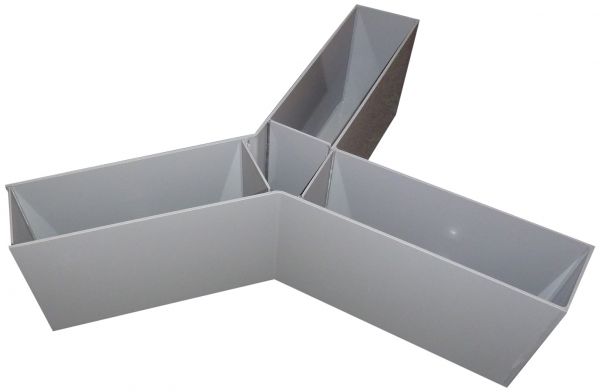 |
| Hippocampus structure |
Did you know the brain is not fully developed at birth? Rather, some structures' plasticity begin to develop as new environmental experiences occur. A specific example of this is the hippocampus' ability to store new short-term memory, long-term memory and spatial navigation from visual stimuli. If the brain is a book and the pages are memories, the hippocampus is the table of contents. It stores some memory and has the ability to locate and extract memories in other parts of the brain. Since the hippocampus is also involved in spatial navigation, can a developing hippocampus be altered using drugs to enhance its capability to navigate?
 |
| An example of a Y-maze |
Since
CX614 enhances the hippocampus, can it have negative effects of other areas of
the brain? Dr. Dumas and his team tested if anxiety levels are altered by the
drug. The experiment included an X shaped maze with two arms longer, thus to intimidate
the juvenile rats. The time spend in short and long arms was equal thus the
subjects experienced no anxiety and fear. This suggests CX614 affects only
spatial memory. Dr. Dumas’s lab
focused only on juvenile rat brain. He stated a mature brain is different and
would not respond to CX614 as effectively. This is because ampakines
facilitates the induction of activity-dependent synaptic potentiation. For example,
while the PBNJ lab showed that a combination of ampakines and electrical signal
resulted in long-term potentiation, mature animals have a decreased
desensitization so the drug has a lesser effect.
 |
| A Tardigrade |
PBNJ’s
research opens new ideas and raises questions about how the hippocampus and
memory works. So what is PBNJ doing to further study this topic? Dr. Dumas and his
team began studying tardigrades. Since these
microscopic multicellular organisms have a nervous system and can be killed and
brought back to life, tardigrades will be used to distinguish whether storing memories
is dependent on consistent structure of neurons or functional change. I think
this study will provide a scientific breakthrough as to how our memory works
and if we can enhance it to cure diseases such as Alzheimer’s which is
predicted to affect 1 in 85 people globally by 2050.
.